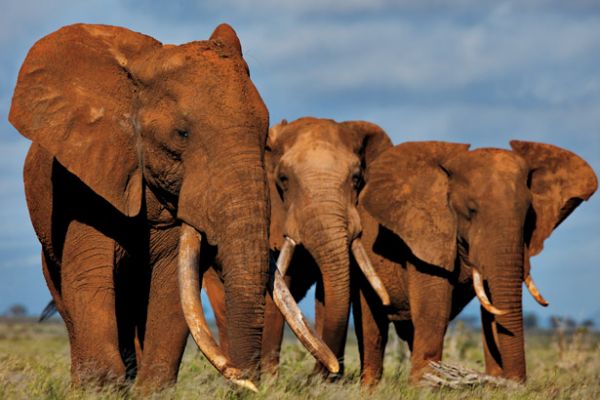
Despite a global ban on the ivory trade, elephants are still being killed just for their tusks. In most developed countries, the use of ivory (outside of antiques) is about as chic as clubbing a baby seal. So who is buying ivory these days? Bryan Christy of National Geographic looks for answers in the Philippines.
My goal in meeting Garcia is to understand his country’s ivory trade and possibly get a lead on who was behind 5.4 tons of illegal ivory seized by customs agents in Manila in 2009, 7.7 tons seized there in 2005, and 6.1 tons bound for the Philippines seized by Taiwan in 2006. Assuming an average of 22 pounds of ivory per elephant, these seizures represent about 1,745 elephants. According to the Convention on International Trade in Endangered Species of Wild Fauna and Flora (CITES), the treaty organization that sets international wildlife trade policy, the Philippines is merely a transit country for ivory headed to China. But CITES has limited resources. Until last year it employed just one enforcement officer to police more than 30,000 animal and plant species. Its assessment of the Philippines doesn’t square with what Jose Yuchongco, chief of the Philippine customs police, told a Manila newspaper not long after making a major seizure in 2009: “The Philippines is a favorite destination of these smuggled elephant tusks, maybe because Filipino Catholics are fond of images of saints that are made of ivory.” On Cebu the link between ivory and the church is so strong that the word for ivory, garing, has a second meaning: “religious statue.”But it's not just the Philippines. Read more about the continuing global ivory trade at NatGeo.

No comments:
Post a Comment